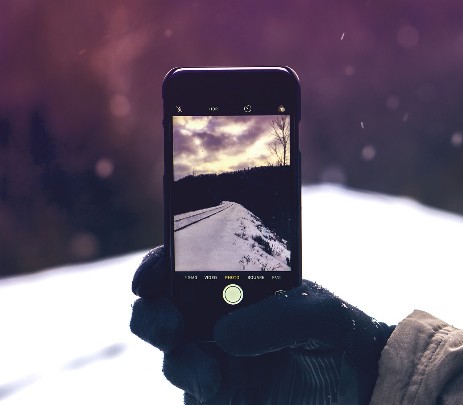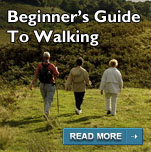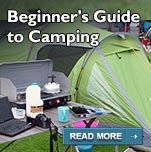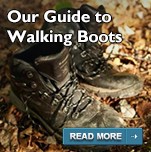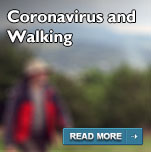
What to wear for Winter Walks
Just because there’s snow and the nights have drawn in, doesn’t mean you have to stop walking. In fact, walking in winter is a treat not to be missed. Even your favourite, well-trodden trek takes on a new perspective when covered with a blanket of snow.
But, winter walking means you have to take more care when preparing your walks – and ensuring you wear appropriate clothing. Remember – if you get wet, you will get cold – and that’s something you need to avoid in winter.
So, what should you wear?
Firstly, layering is more important in Winter than in other seasons. Wear several layers of thinner clothes rather than one big think layer. Even when it’s cold, it doesn’t take long to get warm, and wearing several layers means you can take off layers when you get too warm.
This is important, as when you’re too warm you sweat more – if you sweat a lot then stop moving, you will chill very quickly.
Next to the skin
Many people wear cotton t-shirts whilst walking. This may be fine for easy walks in the summer, but during the winter, cotton just keeps sweat near to your body.
Best to wear a layer which will take the sweat away from your body - so either one produced from a man-made t-shirt designed for walking, or a merino wool blend material.
Insulating layer
This layer will keep you warm and can be shed once you warm up.
Fleeces are a great idea, as are a shirt or bodywarmer.
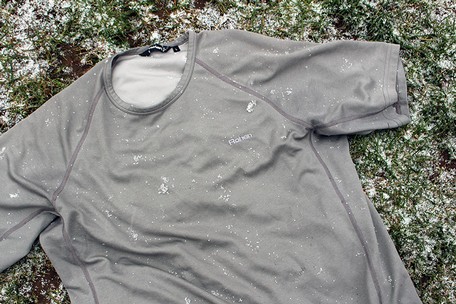
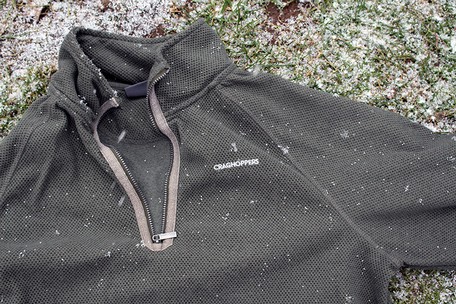
Outer layer
To protect you from the elements, a windproof and water-resistant jacket is a must.
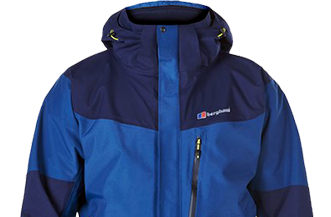
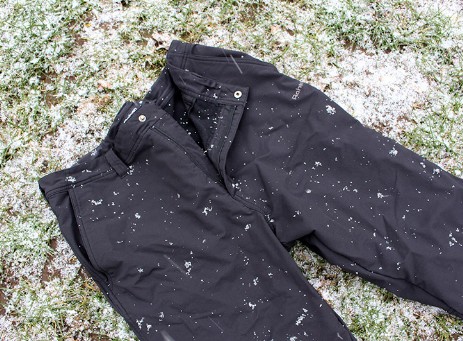
Trousers
Again, even though many people walk in them during summer, jeans are best avoided in winter as they soak up masses of water when wet and become very heavy. Jeans also have a high wind-chill factor meaning you’ll become very cold very quickly wearing wet jeans on a windy winter day. Plus, jeans have a high chafing factor – so they are not the most comfortable of trousers to wear on a walk.
Specially designed Walking trousers will provide you with the best protection against the cold, wet weather and won’t restrict your movement at all.
Boots
Decent walking boots are seriously recommended in winter. These should be waterproof and have adequate ankle support.
Trainers or sturdy shoes are not really an option as you need to protect your ankles against twisting - especially on the way down as it is much harder on the legs than the way up
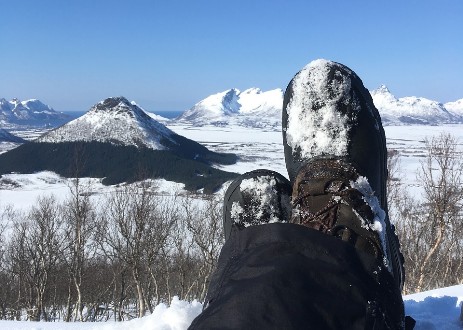
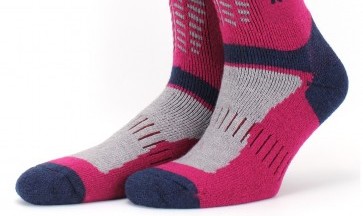
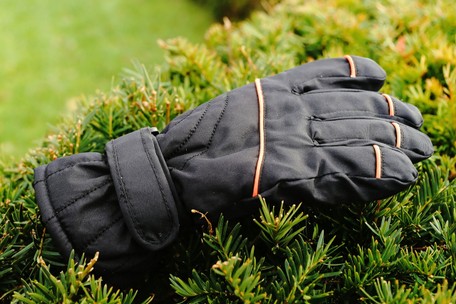
Socks
To keep your feet warm and to guard against blisters, look for the specific dual-layered socks - or wear two pairs of socks - one thin and one thick.
Gloves & Hat
Personal preferences here, but a good pair of gloves and a hat will help keep you warmer when out walking – although plenty of people go walking in winter without either.
Remember, unless you have the special gloves designed for the job, you won't be able to operate any touch screen equipment - such as a smartphone or still camera - whilst wearing gloves.
Backpack
A 25-litre backpack – known as a Daysack – should still be big enough for most day-long winter walks. If not, then a 35-litre will be fine.
A backpack is essential to store the clothing layers you’ve shed, as well as food and drinks.
Ensure the backpack has a waterproof outer liner for the wet weather, and putting your items inside another bag inside the backpack is a good idea too.
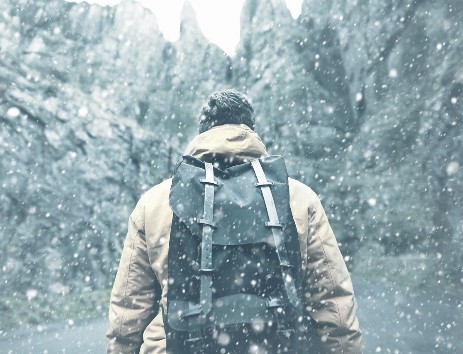
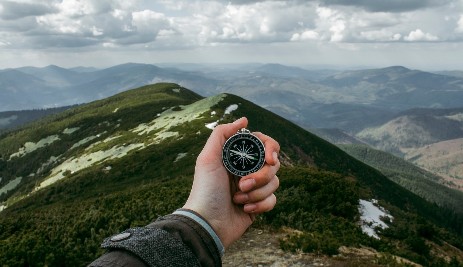
Map and Compass
An OS Map is useful in summer... but in winter, they are essential. Even the most familiar landscape can take on an unforgiving feel in the depths of winter, so a map - and a compass - are useful items to have in case you get separated.
According to many of the guides, you need to take a compass reading at the top of Scafell as there are many routes down and it is easy to get disoriented coming down again.
Whistle
For emergencies, a whistle can be very useful for helping Mountain Rescue locate you - and cheap ones can be bought.
Some high-end backpacks actually have a whistle built-in to the top inside flap.
If a real emergency occurs, the international distress signal is a group of six loud blasts of a whistle, to be repeated at one minute intervals.
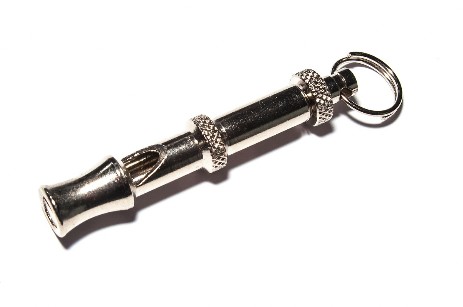
Torch
There should be at least one torch in the group – ideally with a spare set of brand new or fully charged batteries – just in case.
Don't rely on using a torch on a mobile phone, as it will use up the battery fast.

Mobile Phone
In Winter, a fully-charged mobile phone is a must in case of emergency.
Remember to register with the Emergency 999 SMS Text Service before you go out, as texts often can get through when calls can’t.
The battery life of your mobile may well be less in extreme cold, so keep it next to your body in an inside pocket to keep it warm.
Consider investing in a Power Pack, so you can recharge your phone in your backpack or pocket whilst you are walking.
